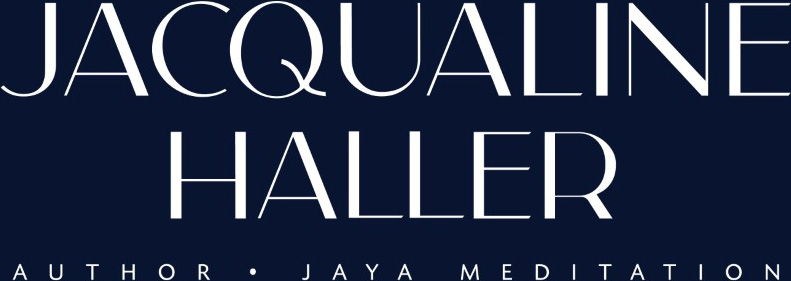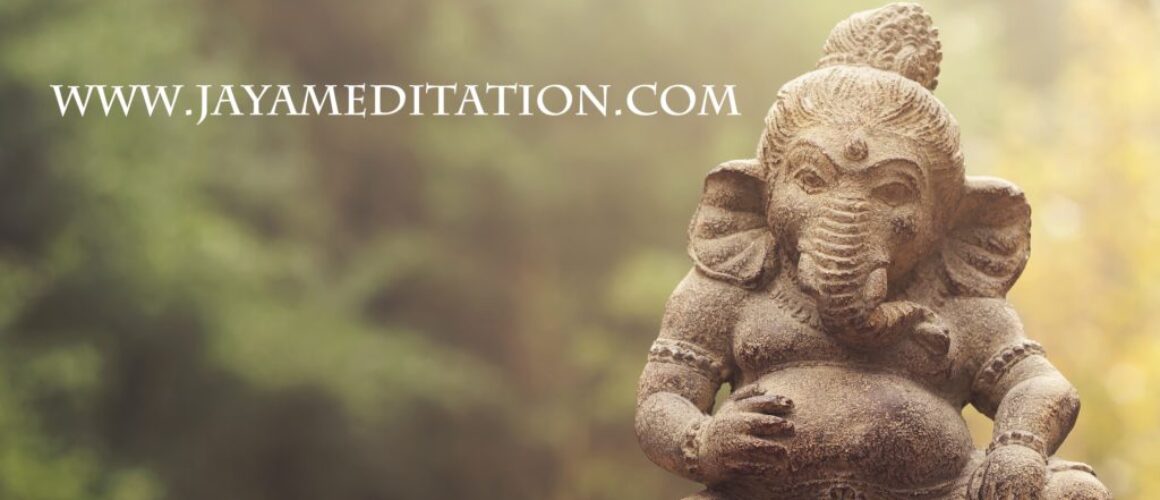“OSHO, Netflix and a gentle punch in the stomach”
“OSHO, Netflix and a gentle punch in the stomach”
By Jacqualine Haller
(Founder & Director of Jaya Yoga Toronto, voice/creator of Jaya Meditation and The Global OM Movement.
My classes have a philosophical spiritual element to them, and I don’t shy away from this. Yoga isn’t just about having the best butt in town, although that can be a nice side-effect of a regular practice. Yoga is about the union of the mind, the body and the soul. So yes, I share a philosophical reading at every class that I teach.
For my regular students, they know that I’ve been reading OSHO quotes to them since day one.
I discovered OSHO while I was in India in 2005. Not for anything, but I liked the way that his name looked on his many books, so I bought a few and brought them home. That may sound like an extremely trivial beginning, I realize. However, when you’re in a bookstore where they only sell the work of great Yogi’s, where there are hundreds of books to choose from on the topic and you are completely new and naive to the world of yogic philosophy, you might have done the same.
If any of you have ever read OSHO, you know that it’s equivalent to a gentle punch in the stomach, a wakeup call of the very best kind. His teachings are real, solid and have an undeniable ring of truth to them. Through that realness, they may miss out on an element of softness that you get from many other great teachers, but sometimes softness doesn’t wake you up. Sometimes softness keeps us in that warm fuzzy feeling place about the current state of affairs. Now please understand that I believe there is definitely a place for softness in this world, a very large place for it in my opinion. But typically, I like a healthy wakeup call once in a while, and so it has worked for me. When I first began to explore Meditation with a consistent practice (something I will share about another time), it was OSHO’s Meditations read by the beautiful voice of Anando Heffley, that I connected with most. As I started out on my meditation journey, I bought everything I could find on the subject from OSHO to angel cards, to the sweetest music out there. Whatever was available on the topic online, I purchased it to see what I connected with most. I always connected with OSHO.
No fuss. Just the truth, whether you want to hear it or not.
As many of you have seen on Netflix, the documentary “Wild Wild Country” came out with a bang! I knew OSHO had an ashram in India, which I’ve always wanted to visit. However, I had no idea that he had built a community in Wasco County, Oregon in the United States. If you have seen it, yes, it appears a lot had gone on. I binge watched it. I couldn’t believe that as much as I thought I knew about him, I really didn’t know a large part of his life. I remember finishing the series feeling confused and a bit shocked that all of this went on to some degree or another. I did not know about Sheila; I did not know about any of it. And then I thought to myself, what have I been reading to my students? Was I off on this the whole time? It took me a few days to sort it out for myself and come to terms with what I saw.
However, I did come to terms with it.
As my students know, I still continue to read OSHO to them in my classes. I wasn’t there, I wasn’t in Wasco County Oregon in 1981. I was 7 years old and in grade 2. It is because of that, that I really cannot say. In fact, unless any of us were there, we cannot say either. Yes, documentaries are meant to educate and for those who know me well, I love a good documentary. But let’s be clear, if we were to count the people who were there personally or the number of people who watched the Netflix series, there are equally as many individual perspectives on what happened. Therefore, I can only go back to what I know, which is the validity of his teachings, his books and material and his message.
After all, that is where the gold nugget is. (No pun intended)
I think we all have seen the human distortion of sacred teachings. The reality is all interpretations come from a human being. That means that the human experience always follows and influences. You can’t get away from it completely, and we have seen that over and over again happening within our communities. What is shown in the documentary may or may not have happened exactly the way it is portrayed. So, I can only go back to the teachings and his undeniable message. And for that reason alone, I continue to read OSHO in my classes. Namaste
Jacqualine (Jaya)

